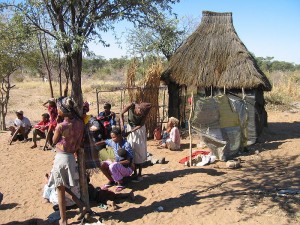Alison Gopnik points out the people first start to learn by exploration (the same way scientists do), and then learn to do things well by apprenticeship.
When we actually start to look at the fundamentals, it seems children learn by exploring—by experimenting, playing, drawing inferences …. that kind of exploratory learning isn’t just the purview of scientists but seems to be very, very basic. …The other kind of learning that we see, not so much in preschoolers but in school-age children, is what I call guided apprenticeship learning, where you’re not just exploring and finding out new things but learning to perform a skill particularly well.
— Alison Gopnik in Fillion (2011): In conversation: Alison Gopnik in MacLeans.
Kate Fillion’s great interview with Gopnik, a cognitive scientist, is worth the read.
The traditional way of thinking about learning at a university is: there’s somebody who’s a teacher, who actually has some amount of knowledge, and their job is figuring out a way of communicating that knowledge. That’s literally a medieval model; it comes from the days when there weren’t a lot of printed books around, so someone read the book and explained it to everybody else. That’s our model for what university education, and for that matter high school education, ought to be like. It’s not a model that anybody’s ever found any independent evidence for. [my emphasis]
— Alison Gopnik in Fillion (2011): In conversation: Alison Gopnik in MacLeans.
Update
EV, in the comments, recommends Allison Gopnik’s TED talk. It focuses on babies, but is a pretty good presentation.
(via The Dish)




